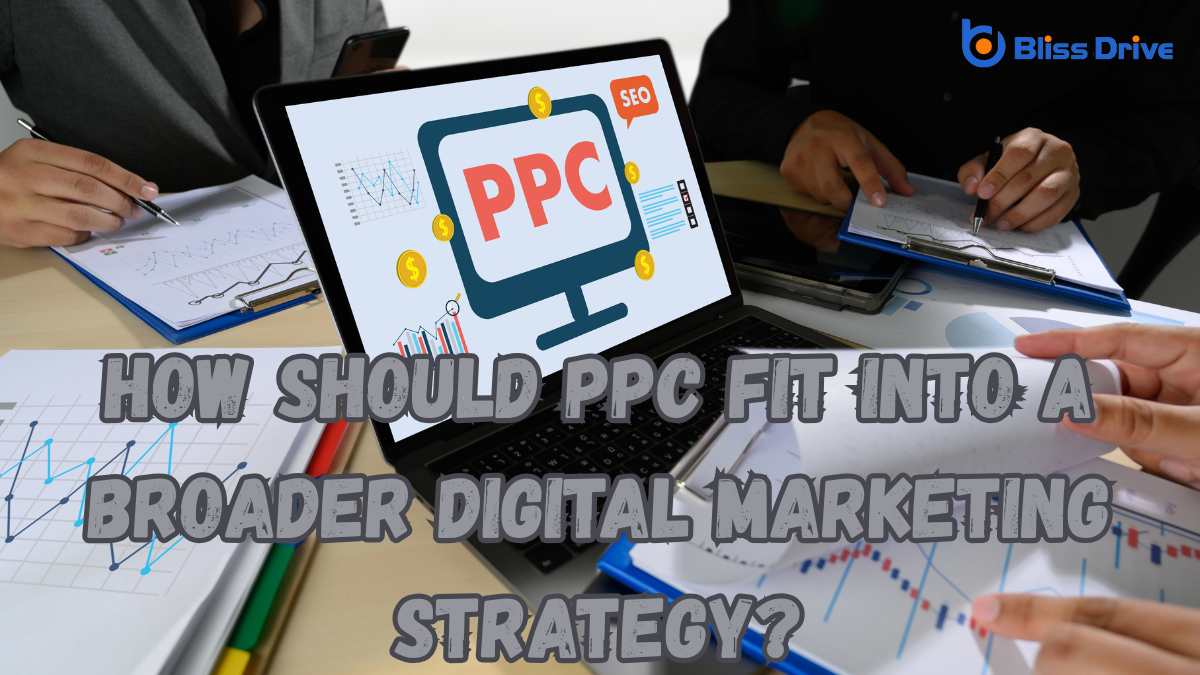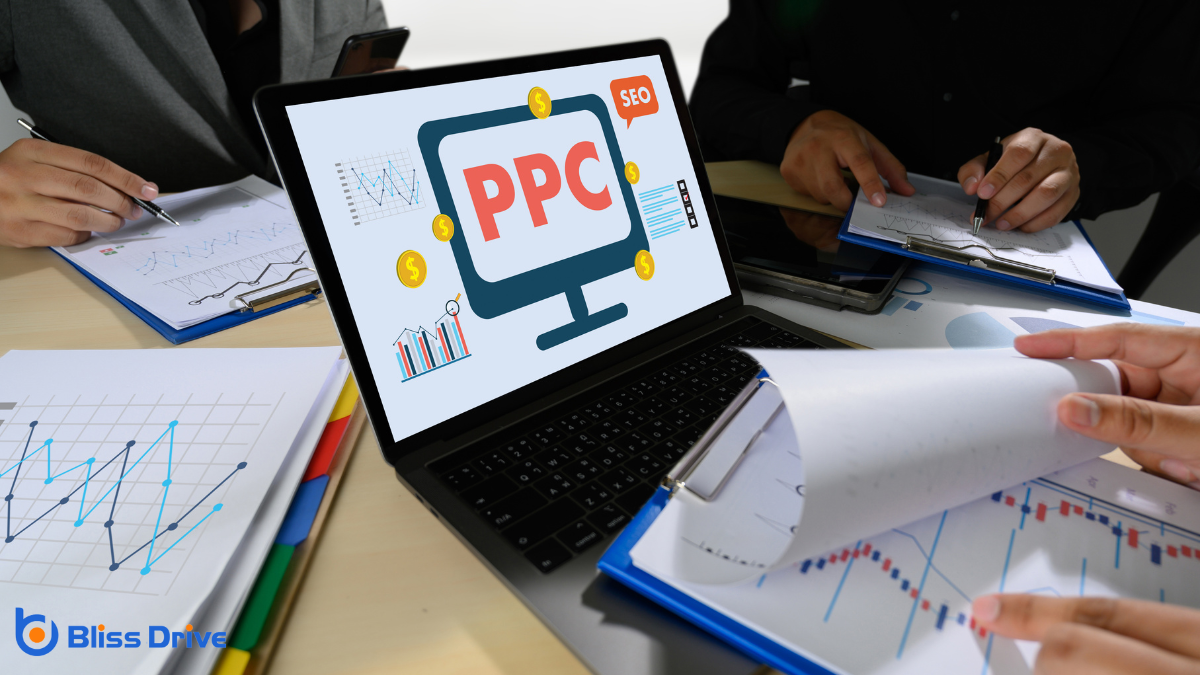Learn More About Us

In our digital marketing strategy, PPC should seamlessly complement other efforts like SEO, content marketingA strategic approach focused on creating and distributing valuable, relevant, and consistent content..., and social media. By aligning keywordsWords or phrases that users type into search engines to find information. and leveraging analyticsThe systematic computational analysis of data or statistics to gain insights and support decision-ma..., we can enhance visibility, engagementThe interactions that users have with a brand’s content on social media., and conversionThe completion of a desired action by a referred user, such as making a purchase or filling out a fo... rates. Integrating PPC helps create a cohesive brand message across platforms, driving traffic and maximizing ROI. But how do we guarantee this harmony across all channels? Let's explore the strategies that make PPC an indispensable tool in our marketing arsenal.
While maneuvering the complex landscape of digital marketing, it’s crucial to grasp the role of Pay-Per-Click (PPC)An online advertising model where advertisers pay a fee each time their ad is clicked. advertising.
PPC acts as a powerful tool that allows us to reach our audience swiftly and effectively. By bidding on keywords relevant to our products or services, we can guarantee our ads appear prominently in search engine results. This visibility boosts our brand's presence and directs targeted traffic to our site.
The real-time analyticsThe use of data and related resources for analysis as soon as it becomes available. provided by PPC campaigns enable us to adjust strategies quickly, optimizing our return on investment. Unlike organic methods, PPC offers immediate results, making it invaluable for time-sensitive promotions.

To maximize the impact of our digital marketing efforts, we must align our PPC strategies with content marketing. This alignment enhances engagement and conversion.
Here's how we can achieve this synergy:
By integrating PPC and SEO, we can considerably boost our online visibility and guarantee that our marketing efforts are more effective.
Combining these strategies allows us to cover both paid and organic search results, ensuring we appear prominently on search engine results pages. When we align our PPC keywords with those targeted in SEO, we reinforce our brand's presence and increase the chances of capturing user attention.
SEO provides long-term value by improving our organic rankingsThe position at which a website appears in the SERP., while PPC offers immediate visibility.
Together, they create a synergistic effect where PPC ads can inform our SEO efforts with valuable keyword data. This integration also helps improve click-through rates, as users may be more inclined to click on our site when they see us consistently.
To effectively boost our social media engagementThe interaction between a brand and its audience on social media, including likes, comments, shares,..., we can use PPC advertising to reach targeted audience demographics with precision.
By understanding where our audience spends their time online, we can create cross-platform retargeting strategies that keep our brand top-of-mind.
Let's explore how these approaches can enhance our social media impact.
Understanding targeted audience demographics is essential for leveraging PPC to boost social media engagement. By identifying who our audience is, we can tailor our PPC campaigns to meet their specific needs and interests, thereby enhancing our social media presence.
Here’s how we can effectively use targeted demographics:
Although PPC campaigns often focus on initial customer acquisition, leveraging cross-platform retargeting can greatly enhance our social media engagement.
By targeting users who've interacted with our ads, we can create personalized experiences across platforms like FacebookA social networking site where users can post comments, share photographs, and links to news or othe..., InstagramA photo and video-sharing social networking service owned by Facebook., and TwitterA microblogging and social networking service where users post and interact with messages known as ".... This approach allows us to reinforce our brand message and keep our audience engaged.
We can use PPC data to identify which products or services caught users' attention, then tailor our social media content to reflect those interests.
By doing so, we not only increase the likelihood of conversions but also build a more cohesive and compelling brand narrativeThe overarching story that communicates a brand's mission, values, and purpose..
Cross-platform retargeting helps us stay top-of-mind with our audience, encouraging them to revisit our offerings and engage more deeply with our brand.

In our journey to enhance PPC campaigns, let's focus on analyzing conversion rates and tracking keyword performance.
By examining these metrics, we can identify what's working and where we can improve.
Together, we'll make data-driven decisions to maximize our campaign effectiveness.
To truly harness the power of PPC campaigns, we must diligently analyze conversion rates, ensuring each click translates into tangible results.
By diving into analytics, we can optimize our PPC efforts and enhance our overall strategy. Here's how we can effectively analyze conversion rates:
When optimizing PPC campaigns, tracking keyword performance is essential to maximizing our return on investment. We need to focus on the metrics that matter, like click-through rates, cost per click, and conversion rates.
These data points provide insights into which keywords drive traffic and generate sales. By analyzing this information, we can adjust our bids, refine our keyword lists, and allocate budgets more effectively.
Let's not forget about negative keywordsKeywords that prevent ads from being shown for certain search queries.. They help us avoid irrelevant clicks, saving us money and improving overall campaign efficiency.
Regularly reviewing and updating our keyword strategy guarantees we're targeting the right audience. Utilizing analytics toolsSoftware used to track and analyze website performance, user behavior, and marketing efforts. like Google Ads and SEMrush can make tracking and optimization easier, allowing us to make informed decisions and enhance our PPC performance.
A successful digital marketing strategy hinges on creating a synergistic approach that maximizes ROI.
By aligning PPC with other marketing channels, we can amplify our efforts and achieve superior results. Here’s how we can do it:
In our digital marketing journey, we can't overlook the power of PPC. By aligning it with our content marketing, SEO, and social media strategies, we're able to create a seamless and cohesive brand experienceThe total impression a consumer has of a brand based on their interactions with it.. Real-time analytics let us make quick adjustments, ensuring we're always optimizing our campaigns for the best results. Let's embrace a synergistic approach to maximize our ROI, driving traffic and conversions effectively within our all-encompassing marketing framework. Together, we'll achieve remarkable success.
